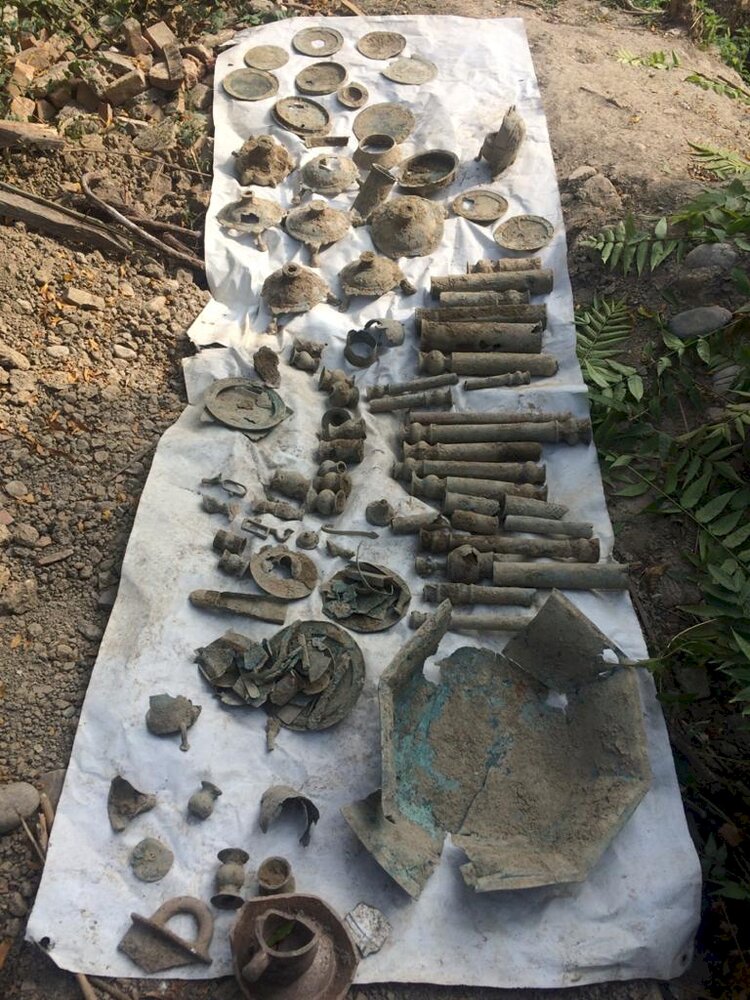Seljuk-era relics found in northern Iran

TEHRAN – Iranian authorities have recently discovered 81 ancient relics dating back to the Seljuk era (1037–1194) in the city of Gorgan, the northern province of Golestan.
The objects were found in an illegally-excavated well, Amir Rahmatollahi, a senior police official in charge of protecting cultural heritage said on Monday, CHTN reported.
The relics, which include plates, candlesticks, kohl container, pen pot, and incense burner, were handed over to the Archaeological Museum of Gorgan, the official added.
Golestan is reportedly embracing some 2,500 historical and natural sites, with UNESCO-registered Gonbad-e Qabus – a one-millennium-old brick tower – amongst its most famous.
Narratives say the tower has influenced various subsequent designers of tomb towers and other cylindrical commemorative structures both in the region and beyond. The UNESCO comments that the tower bears testimony to the cultural exchange between Central Asian nomads and the ancient civilization of Iran.
Seljuk, also spelled, Seljuq, was a ruling military family of the Oguz (Ghuzz) Turkic tribes that invaded southwestern Asia in the 11th century and eventually founded an empire that included Mesopotamia, Syria, Palestine, and most of Iran. Their advance marked the beginning of Turkish power in the Middle East.
ABU/MG
Leave a Comment